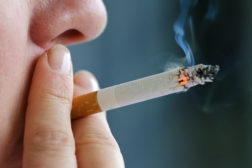News
A NIOSH Science Blog post
Hear and Now Noise Safety Challenge Winners: Part 3 of 3
December 23, 2016
Never miss the latest news and trends driving the safety industry
eNewsletter | Website | eMagazine
JOIN TODAYCopyright ©2024. All Rights Reserved BNP Media.
Design, CMS, Hosting & Web Development :: ePublishing









